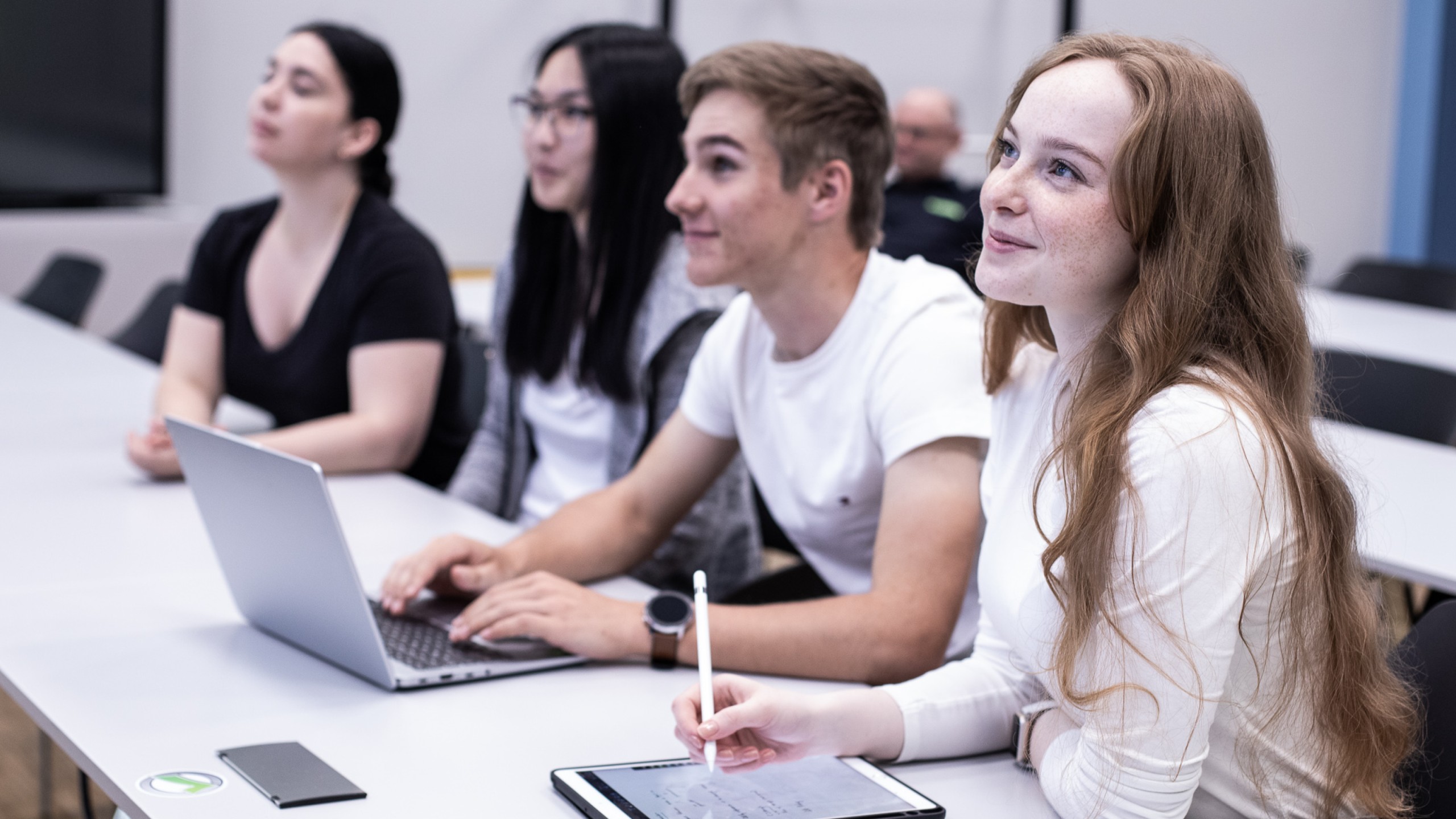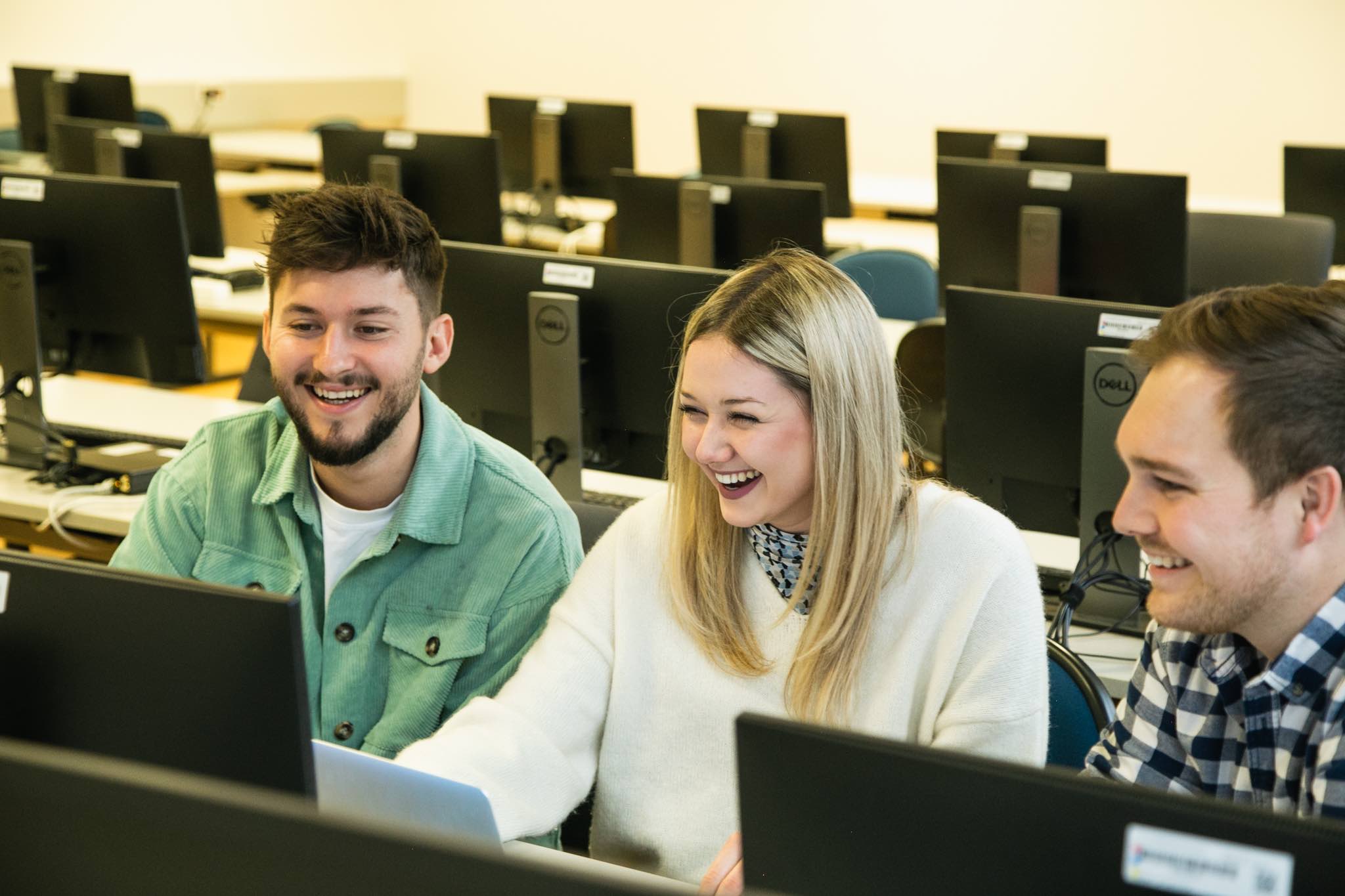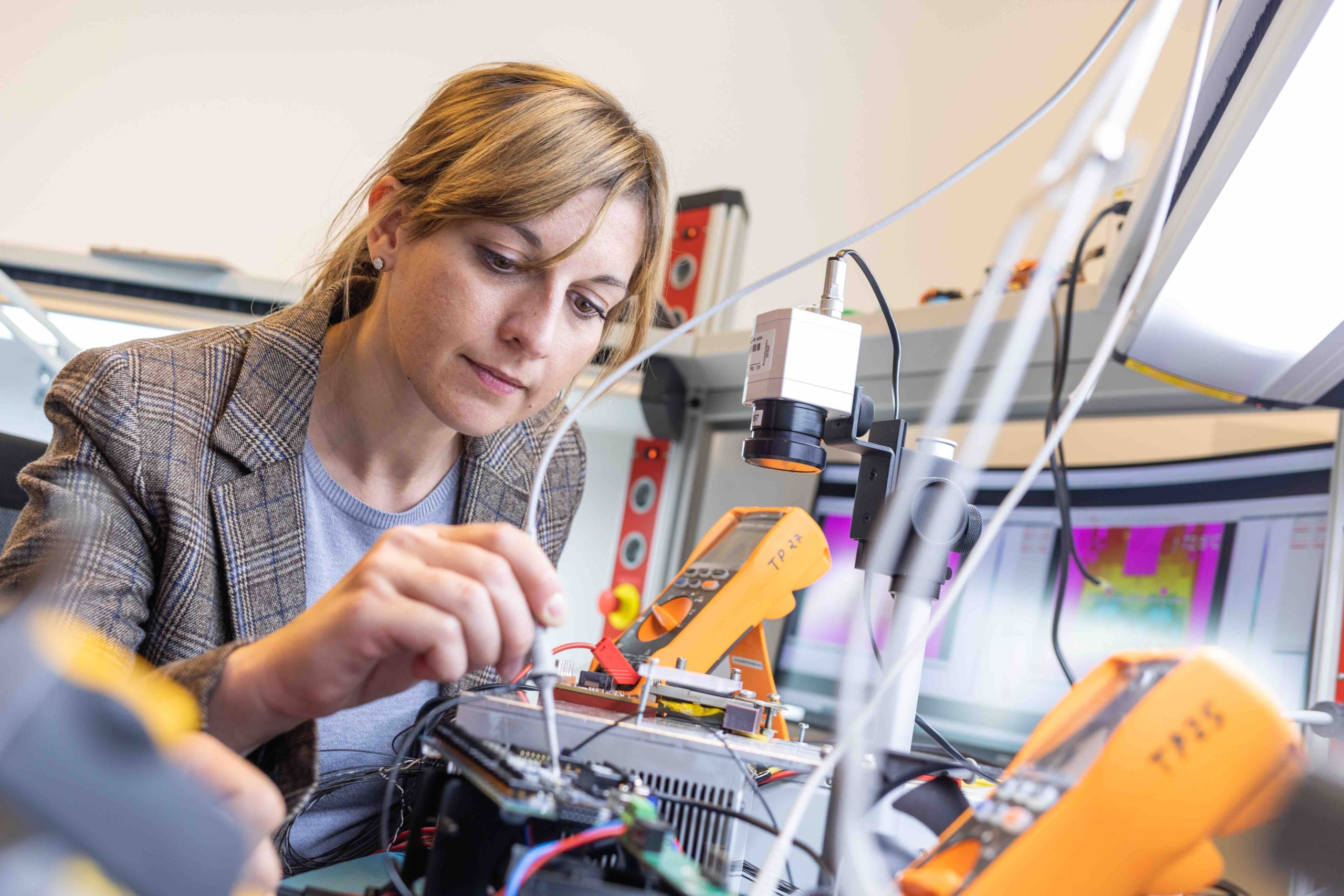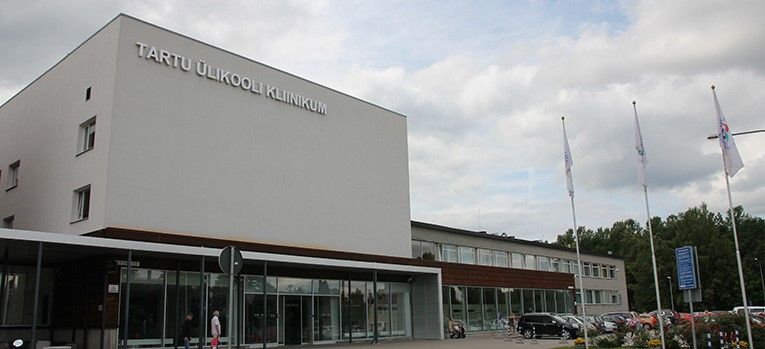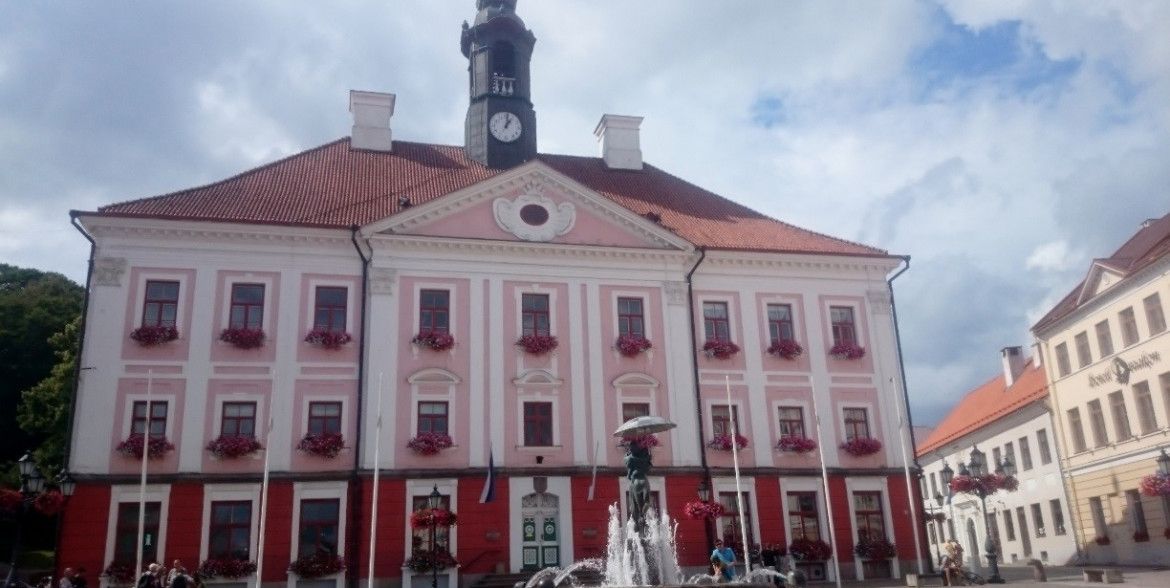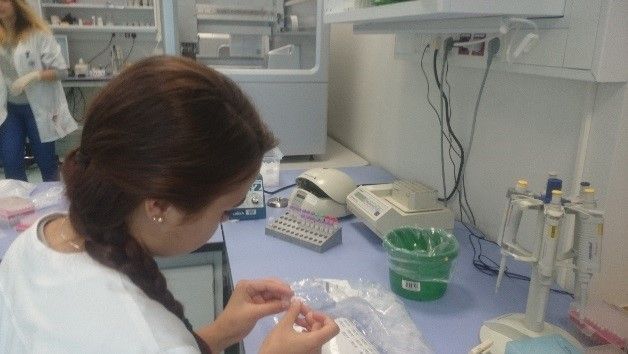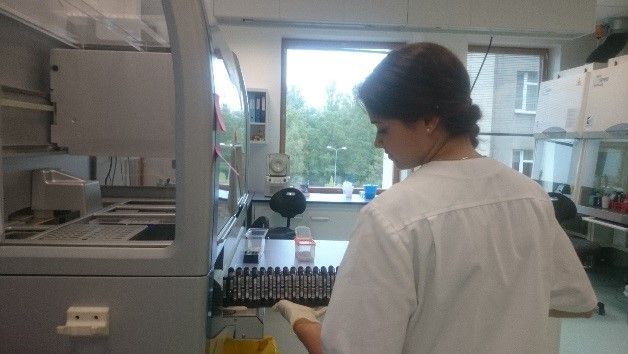We completed our second internship from 6 June to 5 August 2016 at the United Laboratories of Tartu University Hospital in Tartu, Estonia.
On 2 June, we flew with Air Baltic from Vienna to Tallinn and then took the LuxExpress long-distance coach from the airport on to Tartu. The journey lasted around 2.5 hours.
During our stay, we stayed at a centrally located student residence at Pepleri 14. Both the city centre and hospital were within walking distance. Tartu also has a well-developed public transport network at relatively affordable prices. A monthly pass costs around 15 euros.
The move into the student residence went smoothly and the price-performance ratio was fine. If needed, you can order towels and bed linen in advance for 53 euros. Tartu University also provides free WLAN. There are three large shopping centres just a 5 to 10-minute walk away which cover all requirements.
